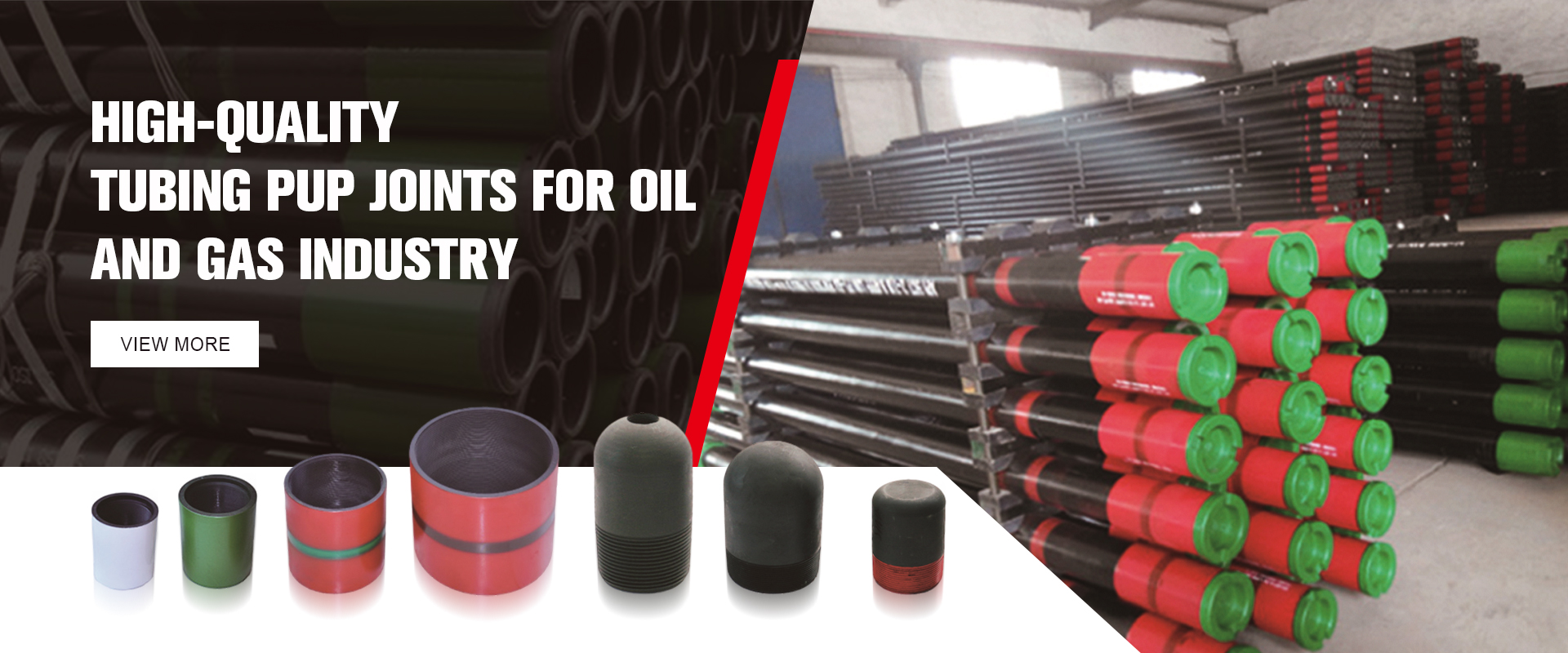- Afrikaans
- Albanian
- Amharic
- Arabic
- Armenian
- Azerbaijani
- Basque
- Belarusian
- Bengali
- Bosnian
- Bulgarian
- Catalan
- Cebuano
- Corsican
- Croatian
- Czech
- Danish
- Dutch
- English
- Esperanto
- Estonian
- Finnish
- French
- Frisian
- Galician
- Georgian
- German
- Greek
- Gujarati
- Haitian Creole
- hausa
- hawaiian
- Hebrew
- Hindi
- Miao
- Hungarian
- Icelandic
- igbo
- Indonesian
- irish
- Italian
- Japanese
- Javanese
- Kannada
- kazakh
- Khmer
- Rwandese
- Korean
- Kurdish
- Kyrgyz
- Lao
- Latin
- Latvian
- Lithuanian
- Luxembourgish
- Macedonian
- Malgashi
- Malay
- Malayalam
- Maltese
- Maori
- Marathi
- Mongolian
- Myanmar
- Nepali
- Norwegian
- Norwegian
- Occitan
- Pashto
- Persian
- Polish
- Portuguese
- Punjabi
- Romanian
- Russian
- Samoan
- Scottish Gaelic
- Serbian
- Sesotho
- Shona
- Sindhi
- Sinhala
- Slovak
- Slovenian
- Somali
- Spanish
- Sundanese
- Swahili
- Swedish
- Tagalog
- Tajik
- Tamil
- Tatar
- Telugu
- Thai
- Turkish
- Turkmen
- Ukrainian
- Urdu
- Uighur
- Uzbek
- Vietnamese
- Welsh
- Bantu
- Yiddish
- Yoruba
- Zulu
Exploring the Benefits and Applications of Steel Coupling in Modern Engineering Solutions
Understanding Steel Coupling A Key Element in Structural Engineering
In the realm of structural engineering, steel coupling plays a crucial role in ensuring the stability and integrity of various constructions. Steel coupling refers to the use of steel components to connect different structural elements, facilitating the transfer of loads and enhancing overall structural performance. This article delves into the significance, applications, and benefits of steel coupling in modern engineering practices.
The Concept of Steel Coupling
At its core, steel coupling involves the connection of two or more structural members, such as beams, columns, or walls, using steel components like couplers, bolts, and brackets. This method helps in distributing forces across structures, allowing them to withstand different types of loads, including axial, shear, and bending forces. By utilizing steel coupling, engineers can create modular designs that are both efficient and effective.
Applications of Steel Coupling
Steel coupling finds its applications in various fields, particularly in the construction of high-rise buildings, bridges, and industrial plants. One of the most prevalent uses of steel coupling is in seismic design. In earthquake-prone areas, buildings must be able to flex and absorb shocks. Steel couplings provide the necessary flexibility and strength, allowing structures to dissipate seismic energy, thereby reducing the risk of catastrophic failure.
Additionally, in bridge construction, steel couplings are essential for managing the dynamic loads that bridges experience from traffic and environmental factors
. By employing steel couplings, engineers can ensure that bridges flex adequately and retain their structural integrity over time.Another significant application is in the assembly of pre-fabricated components. Modern construction techniques often involve the use of pre-manufactured steel elements that are coupled on-site. This approach not only speeds up the construction process but also enhances the precision and quality of the final structure.
steel coupling

Benefits of Steel Coupling
The advantages of using steel coupling in construction are numerous. One of the most significant benefits is enhanced structural stability. By effectively connecting different elements, steel coupling minimizes the risk of structural failure due to uneven load distribution. This reliability is essential for maintaining the safety of occupants and the longevity of the structure.
Moreover, steel couplings allow for greater design flexibility. Engineers can develop innovative designs that address specific project requirements without compromising safety. This adaptability is particularly beneficial in complex projects where unique challenges arise.
Another critical advantage is the speed of construction. The use of steel couplings facilitates faster assembly and disassembly of structures, reducing labor costs and time. In an era where efficiency is paramount, this speed can be a game-changer for developers and contractors.
Additionally, steel is a sustainable material. Its durability and recyclability contribute to environmentally friendly construction practices. As industries shift toward greener methods, incorporating steel coupling aligns with sustainability goals while maintaining structural performance.
Conclusion
Steel coupling is more than just a technical term; it represents a fundamental aspect of modern structural engineering that enhances stability, flexibility, and efficiency in construction. As cities continue to grow and infrastructure demands increase, the significance of steel coupling will undoubtedly expand. Engineers and architects must continue to innovate in their designs, utilizing steel coupling to create safe, sustainable, and resilient structures capable of withstanding the challenges of the future. By understanding and applying the principles of steel coupling, the construction industry can pave the way for a more robust built environment.
-
Well Casing Extension Couplings – Applications and InstallationNewsJun.06,2025
-
Types of Crossover Subs in Drilling & CompletionNewsJun.06,2025
-
Key Features of High-Quality Tubing Pup JointsNewsJun.06,2025
-
Installation and Maintenance Tips for Steel Couplings for PipeNewsJun.06,2025
-
How to Select the Right Pup Joint for Oil & Gas OperationsNewsJun.06,2025
-
Applications of Stainless Steel Pipe CouplingsNewsJun.06,2025







